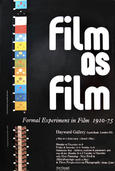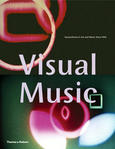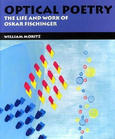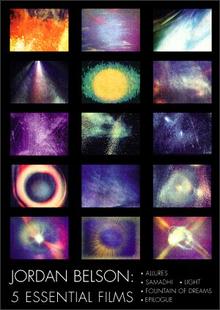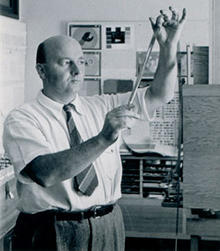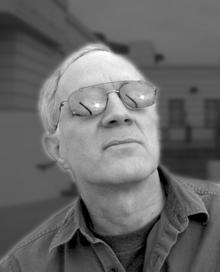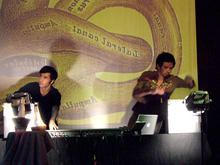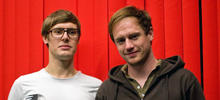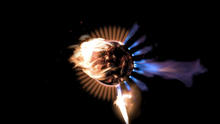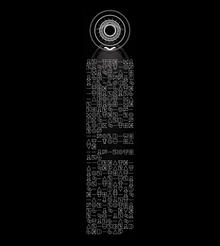Music of the Spheres
(1977-2002)by Jordan Belson explores the harmonic order of the solar system. It connects abstract, cosmic images with the earthly world we know.
As Pythagoras wrote, “There is geometry in the humming of the strings. There is music in the spacing of the spheres.”
1977 Pyramid Films notes: “This new film by Jordan Belson connects abstract, cosmic images with the earthly world we know… The abstract order of mathematics and space produces the endless variations of form that composes the visible world – this film weaves their relationships into an aesthetic experience.” (Center for Visual Music)
Source: Center for Visual Music
